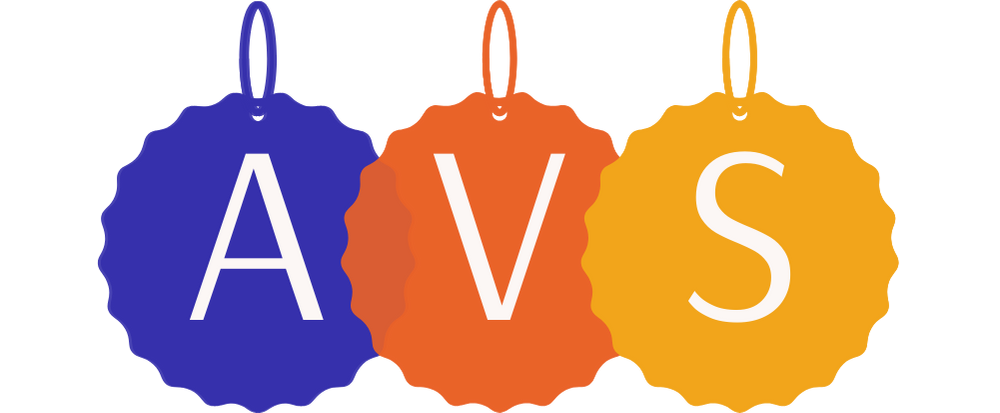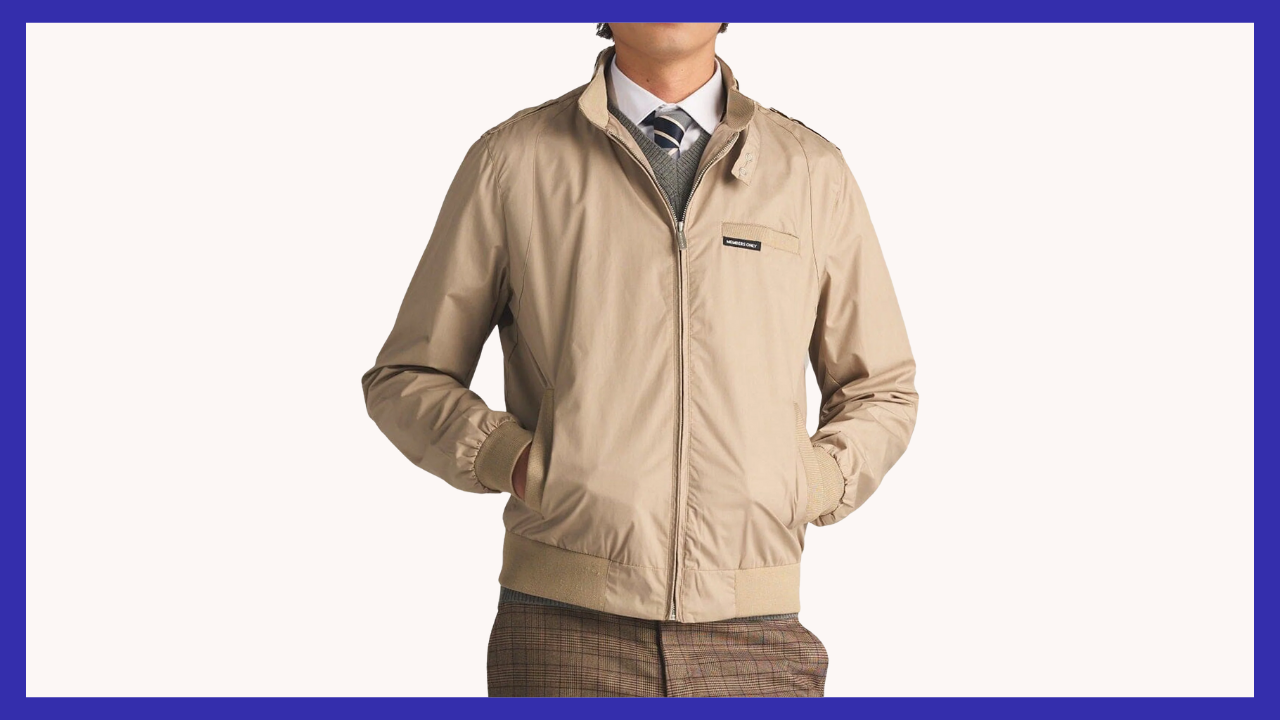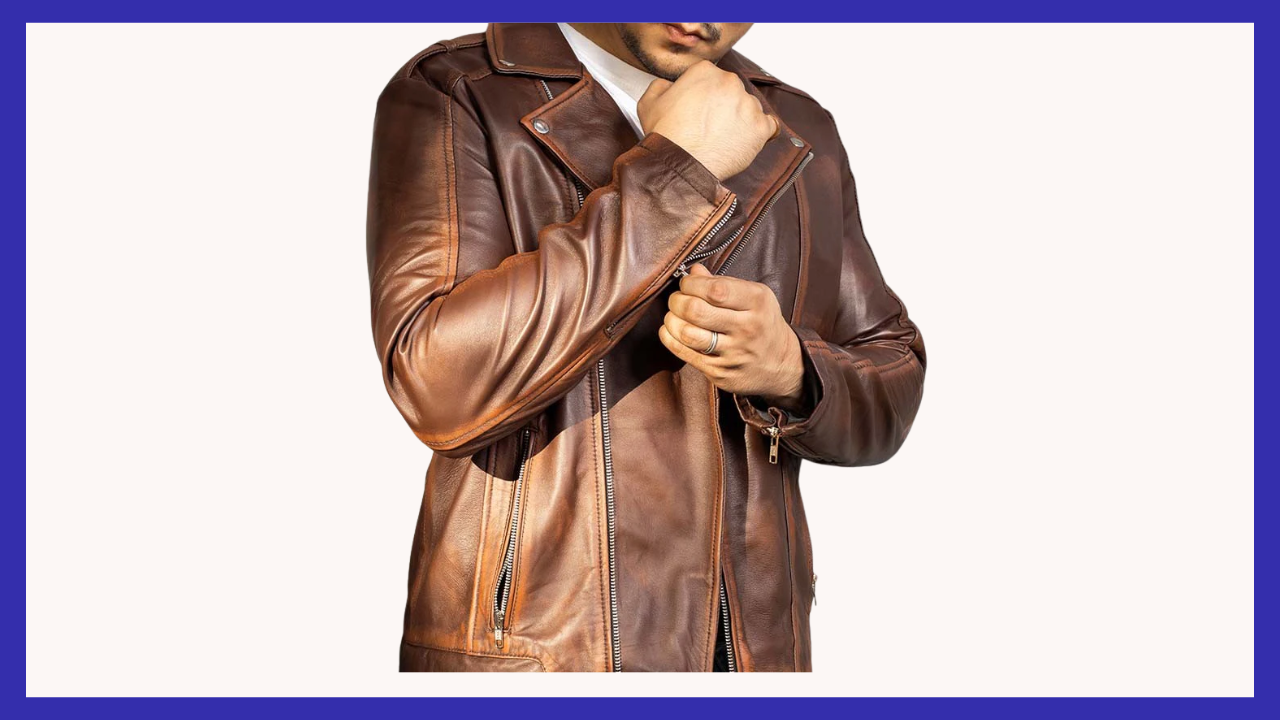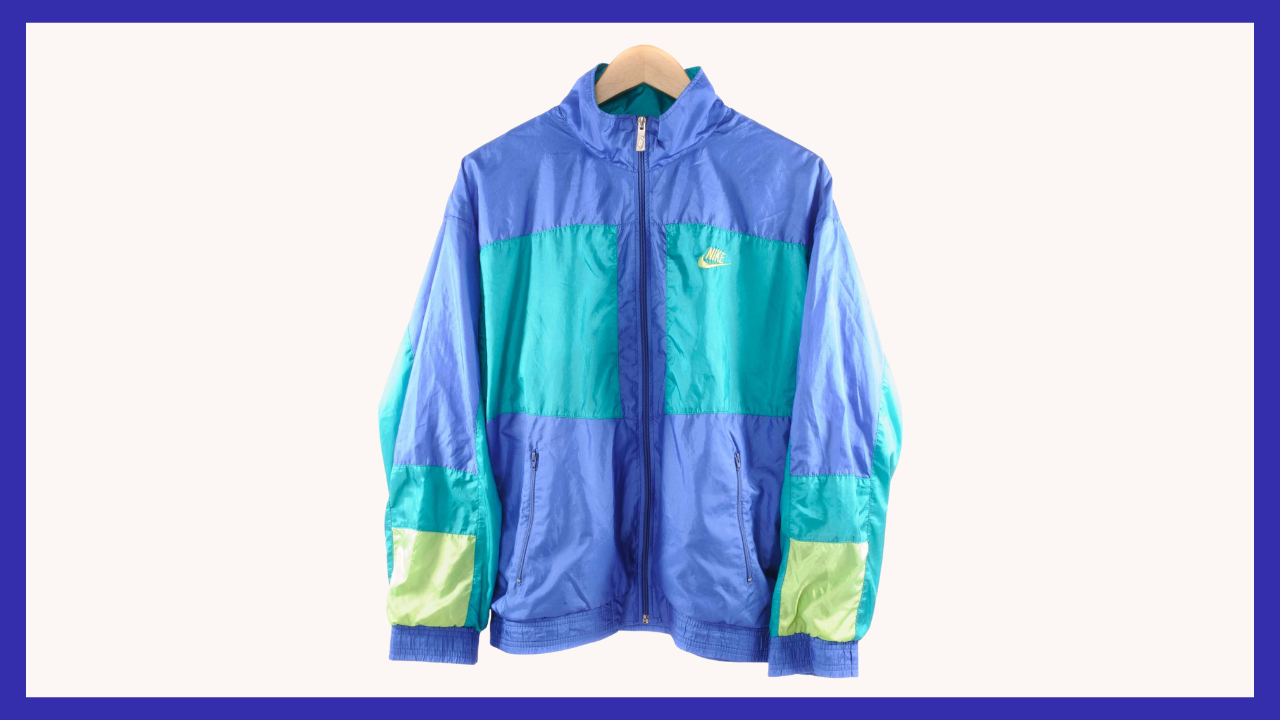AllVintageStyles
The Ultimate Vintage Fashion Encyclopedia
Western Jacket
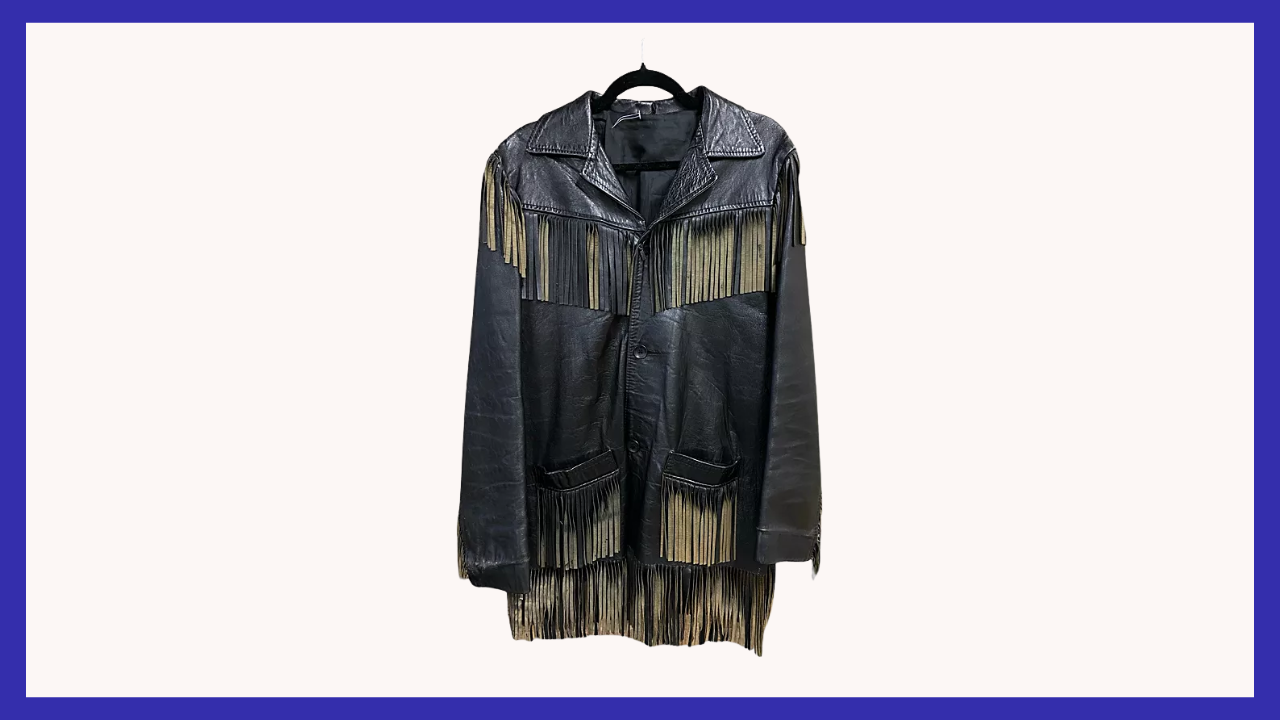
Snap-front jacket with decorative yokes and Western-style details, inspired by American cowboy and rodeo culture traditions.
Quick Facts
- Era: 1950s (peak popularity 1950s-1970s)
- Origin: United States (American West and cowboy culture)
- Garment Type: Decorative casual jacket with functional Western workwear elements
- Key Identifiers: Pearl snap buttons, pointed yokes, embroidered details, contrast piping
- Typical Resale Price: $50-$350 (authentic vintage pieces)
- Best For: Country music fans, Western wear collectors, Americana enthusiasts
History & Evolution
Western jackets emerged from practical cowboy workwear in the early 20th century, with tailors like Rodeo Ben and Nathan Turk transforming functional ranch clothing into decorative performance wear for rodeo riders and country musicians. The style incorporated Mexican vaquero influences and Native American decorative traditions, creating distinctly American fashion statements. Hollywood Western films of the 1940s popularized the aesthetic beyond ranch communities.
The 1950s and 1960s established Western jackets as essential country music performance wear, with stars like Hank Williams and later Johnny Cash showcasing elaborate embroidered and rhinestone-decorated versions. Television shows like "The Roy Rogers Show" and "Gunsmoke" brought Western fashion into mainstream American consciousness. The style represented frontier independence, rugged individualism, and authentic American cultural values.
The 1970s urban cowboy movement expanded Western jacket appeal to metropolitan audiences seeking connection to American heritage and authentic style. Disco-era country crossover and films like "Urban Cowboy" introduced Western wear to broader fashion markets. Contemporary Western jackets continue production worldwide, but vintage American-made pieces remain superior in construction quality, authentic proportions, and cultural significance that modern reproductions cannot replicate.
Authentication Tips
Authentic 1950s-1970s Features:
- Genuine pearl snap buttons with proper weight and authentic shell composition
- Hand-embroidered or quality machine embroidery with silk or rayon threads
- American-made labels from Western wear specialists (Rockmount, H Bar C, Circle S)
- Gabardine, denim, or quality cotton construction with substantial fabric weight
- Hand-finished yokes and piping with precise tailoring and attention to detail
Common Reproductions/Modern Pieces:
- Plastic snap buttons with hollow construction and lightweight feel
- Poor-quality printed or cheap machine embroidery with synthetic threads
- Generic overseas manufacturing labels without Western wear heritage
- Thin synthetic fabrics or lightweight cotton blends lacking authentic drape
- Machine-finished construction without hand-tailored details or proper Western proportions
Styling & Use Cases
- Best for country music fans: Pair with bootcut jeans and cowboy boots for authentic honky-tonk styling
- Ideal for Western collectors: Combine with vintage bolo ties and Western hats for complete period-appropriate looks
- Perfect for Americana enthusiasts: Layer over graphic tees with dark denim for modern Western-inspired casual wear
Modern styling tips:
- Keep accessories minimal to showcase embroidered or decorative details without overwhelming the outfit
- Mix with contemporary pieces to avoid costume-like appearance while maintaining Western character
- Layer over fitted base layers as Western jackets often feature boxy vintage proportions
FAQ
Q: How can I tell if a Western jacket is authentic vintage American-made?
A: Look for genuine pearl snap buttons with proper weight, hand-embroidered details with silk threads, American Western wear brand labels (Rockmount, H Bar C), substantial gabardine or denim construction, and hand-finished yokes with precise tailoring.
Q: What's the typical price range for vintage Western jackets?
A: Authentic vintage Western jackets range from $50-350 depending on brand, embroidery complexity, and condition. Elaborate rhinestone or hand-embroidered pieces command premium prices among country music and Western wear collectors.
Q: How should I care for a vintage Western jacket?
A: Dry clean embroidered pieces to preserve decorative details, machine wash plain versions in cold water, and store on padded hangers to maintain yoke shape. Avoid harsh detergents that can fade embroidery or damage snap finishes.
Q: What makes vintage Western jackets valuable to collectors?
A: Superior American craftsmanship with hand-tailored details, cultural significance in country music and rodeo history, authentic pearl snap and embroidery construction, and representation of genuine Western wear tradition before mass production globalization.
📷: Free People
